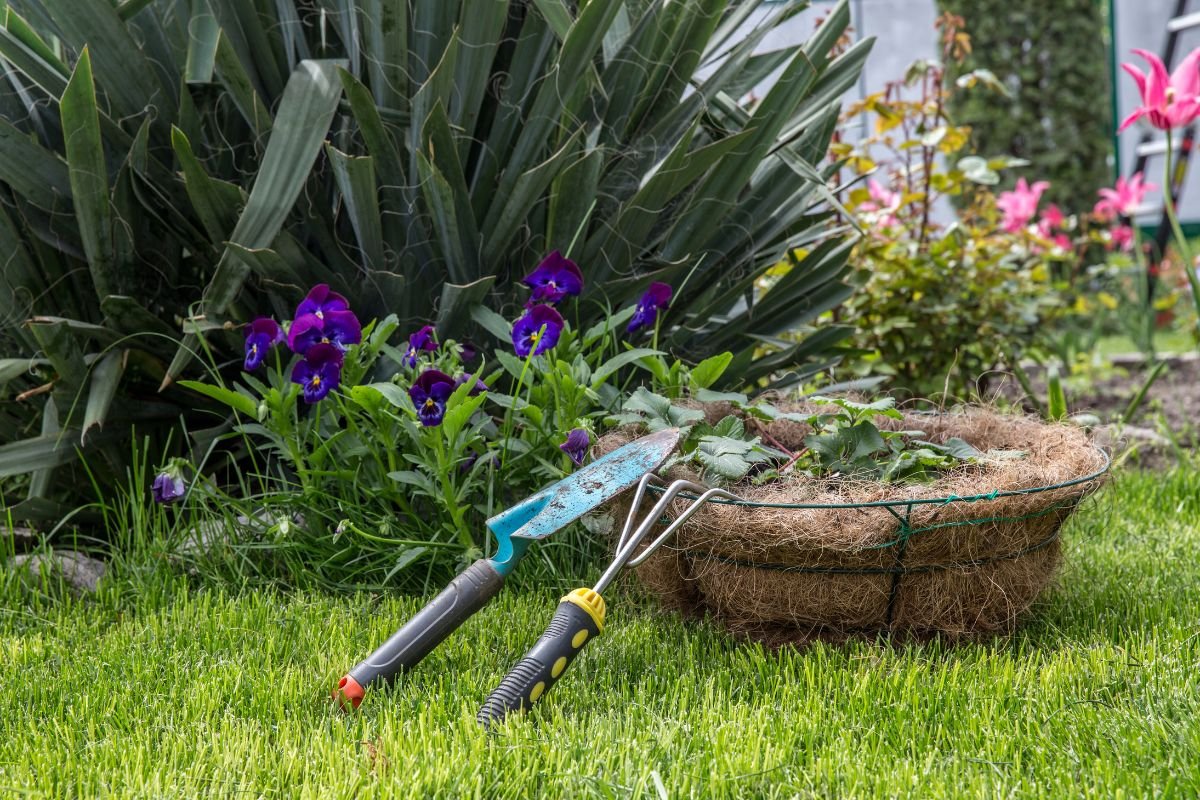It’s easy to assume that trees are self-sufficient and don’t require our assistance to thrive and survive. However, quite the opposite can be true. Trees can be much more aesthetically pleasing, healthier, and safer when we put time and effort into their care. Are you unsure how to keep your trees in good health? We’ve included some helpful information below.
Put Thought Into Location
Many people decide to plant trees on their properties to enjoy various benefits like shade, privacy, shelter, and aesthetics. However, there’s more to the planning process than simply choosing a variety you like, digging a hole, and planting it.
You also have to think carefully about where on your property is most suitable for planting. Otherwise, transplanting a mature tree can be an expensive and invasive process. It’s also not always successful.
There are many things to consider regarding your tree’s planting location to ensure its good health in the years to come. Think about where it will receive the most sun and whether it has enough space to grow upwards and outwards.
It’s also crucial to consider whether the tree could become a hazard in the future. Plant it away from underground utilities, property boundaries, structures, and powerlines. Research the mature size of your new tree sapling, and you might find it much easier to plant it in the most appropriate location.
Perform Regular Pruning and Trimming
Like children, trees need our help growing up big and strong. Make regular pruning and trimming part of your standard backyard maintenance routine. These tasks can provide a wide range of benefits, such as:
Improving the aesthetic appeal
Positively benefiting the growth rate
Enhancing plant quality
Increasing your trees’ longevity
Improving the health of your trees
Pruning and trimming small trees like fruit trees is something you might be able to manage on your own, especially if trees are at a manageable height and size. However, outsourcing this task to trained arborists can be vital if you lack the skills, knowledge, and equipment for large, mature trees.
Prioritise Soil Testing
Just as you might perform soil testing when planting a new vegetable or flower garden, you should do the same when planting new trees and trying to maintain their health over their years of growth. Soil testing allows you to find out what your soil is lacking and the type of fertiliser you might need to give your trees a healthy foundation to start from.
Once you have the perfect soil pH, don’t forget to perform regular testing to maintain the soil health and ensure your trees have what they need to thrive.
Use Mulch
Many gardeners see the value in mulch for their gardens. It suppresses weed growth, offers nutrients, retains moisture, and enhances the aesthetic appeal of the average planter box or border garden. But did you know you can also use mulch around your trees?
Placing mulch around newly-established and mature trees can assist with soil insulation and water retention. It might also reduce the risk of soil compaction, which typically impacts plants’ ability to get the nutrients, air, and water, they need.
However, it’s important to apply mulch around your tree with great care. Mulch outwards rather than upwards. You don’t want more than 10cm of mulch around the base. It’s also important to keep mulch away from the trunk of the tree. You want the roots to be moist but the trunk to be dry.
Inspect Regularly
You might apply mulch and test your soil, but that doesn’t mean your trees can’t succumb to pests and diseases. Inspect your trees regularly and look for signs of a pest problem or a tree disease that requires immediate attention.
Weak and thinning limbs, damaged leaves, discoloured leaves, and even holes in branches can all indicate serious problems that impact tree integrity. If you’re unsure how to manage pests and diseases yourself, contact trained tree experts who might be able to offer their assistance.
We have a number of pests and diseases affecting trees in NZ, including:
Kauri disease
Myrtle rust
Dothistroma needle blight
Terminal crook disease
Bacterial dieback
Diplodia dieback
Cypress canker
Mycosphaerella leaf-blotch
Grey mould
Root and collar rot
Not only do diseased trees look bad and detract from the beauty of your property, but they can also be unsafe and put your family, property, and even the general public at risk.
Call the Experts
Not everyone has the time or knowledge to dedicate to tree care – and that’s okay. Whether you need help with tree trimming or general tree health, don’t be afraid to reach out to experts for help. There are bound to be many tree care experts near you who will be more than willing to assist with this important task for the health of your trees and the safety of your family.










































